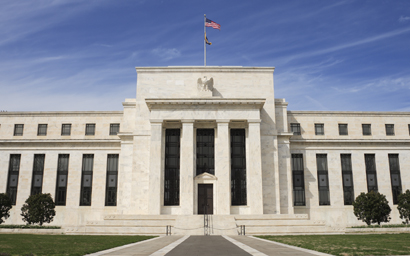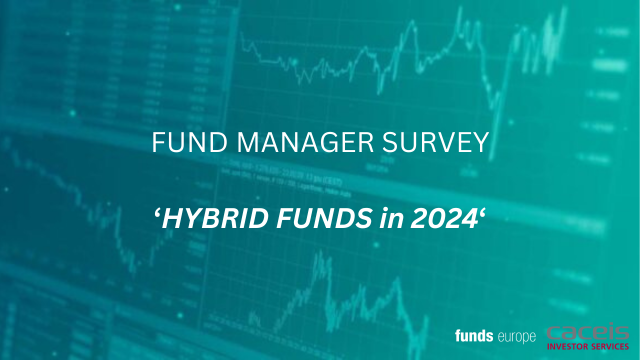The ending of quantitative easing (QE) will be a relief to some, but investors will now start to figure out what the prolonged low interest rate environment means.
The US Federal Reserve announced the end of its extraordinary stimulus measures yesterday, as expected, and also said it would not raise interest rates for a considerable time.
Janet Yellen, head of the central bank, said the Fed is confident the US economic recovery will continue and that inflation and employment targets were on track.
QE, which began in 2008 and involves the purchase of securities by the central bank, has always been controversial.
Professor Philip Booth, professor of insurance and risk management at London’s Cass Business School, says: “The Fed’s QE programme has always been dangerous, especially as it involved the purchase of private sector securities. It is now over six years since the beginning of the financial crisis and the time for emergency measures has come to an end.”
Whatever the misgivings of experts, Yellen clearly thinks QE has largely done its job. But the stimulus of low interest rates is still maintained and it is the effect of this policy that is occupying the minds of some investors now.
Didier Saint-Georges, member of the investment committee at Paris-based fund manager Carmignac, said before the Fed announcement yesterday that the end of QE was “written on the wall” for months and markets were unlikely to focus on it.
“This is not where markets will focus, but rather on whether Janet Yellen keeps unchanged, or not, her wording concerning the future of the Fed’s zero interest rate policy.”
Bank rates have a major impact on bond rates. Long-dated bond interest rates in the US, UK and eurozone have dropped 100 basis points in the last three quarters. In the eurozone, this is due in part to European Central Bank rate cuts, writes Christopher Jeffrey, a strategist at Legal & General Investment Management (LGIM).
“If sustained, such a decline has profound implications for the pricing of financial instruments,” he writes in Fundamentals, an LGIM report.
But he seeks to challenge the perception that the decline in real interest rates signals a poor outlook for economic growth and markets, saying it is more to do with a rising appetite for savings, declining appetite for investment, and portfolio shifts that have favoured debt over equity.
He adds that these portfolio shifts reflect demographic pressures in the OECD and the rise of emerging market investors – but these structural changes in the supply and demand for financial assets are not a worrying leading indicator about the economic and market outlook.
The Fed is not alone in suggesting rates will remain lower for longer, despite the economic recovery. The Bank of England said in August 2013 that even when the economy has returned to normal levels of capacity, and inflation is close to target, “the appropriate level of Bank Rate is likely to be materially below the 5% level set on average … prior to the financial crisis”.
Thanks to forward guidance, the direction of rates is more certain now. But the reasons for them, and their effects, are perhaps still as uncertain as the whole QE programme was in the first place.
But US monetary policy is still positive for risk assets, says Kerry Craig, global market strategist at JP Morgan Asset Management.
“In light of the Federal Reserve announcing the end of its quantitative easing, monetary policy in the US remains accommodative, as evidenced by a policy rate which remains at the zero-bound and the continued reinvestment of agency mortgage-backed securities and treasury securities. It is important to recognise that the end of QE3 is a testament to the strength of the US economy.”
He says that the overall picture painted by the Fed “continues to suggest that investors should maintain a slight overweight to equities and a slight underweight to fixed income”.
©2014 funds europe





